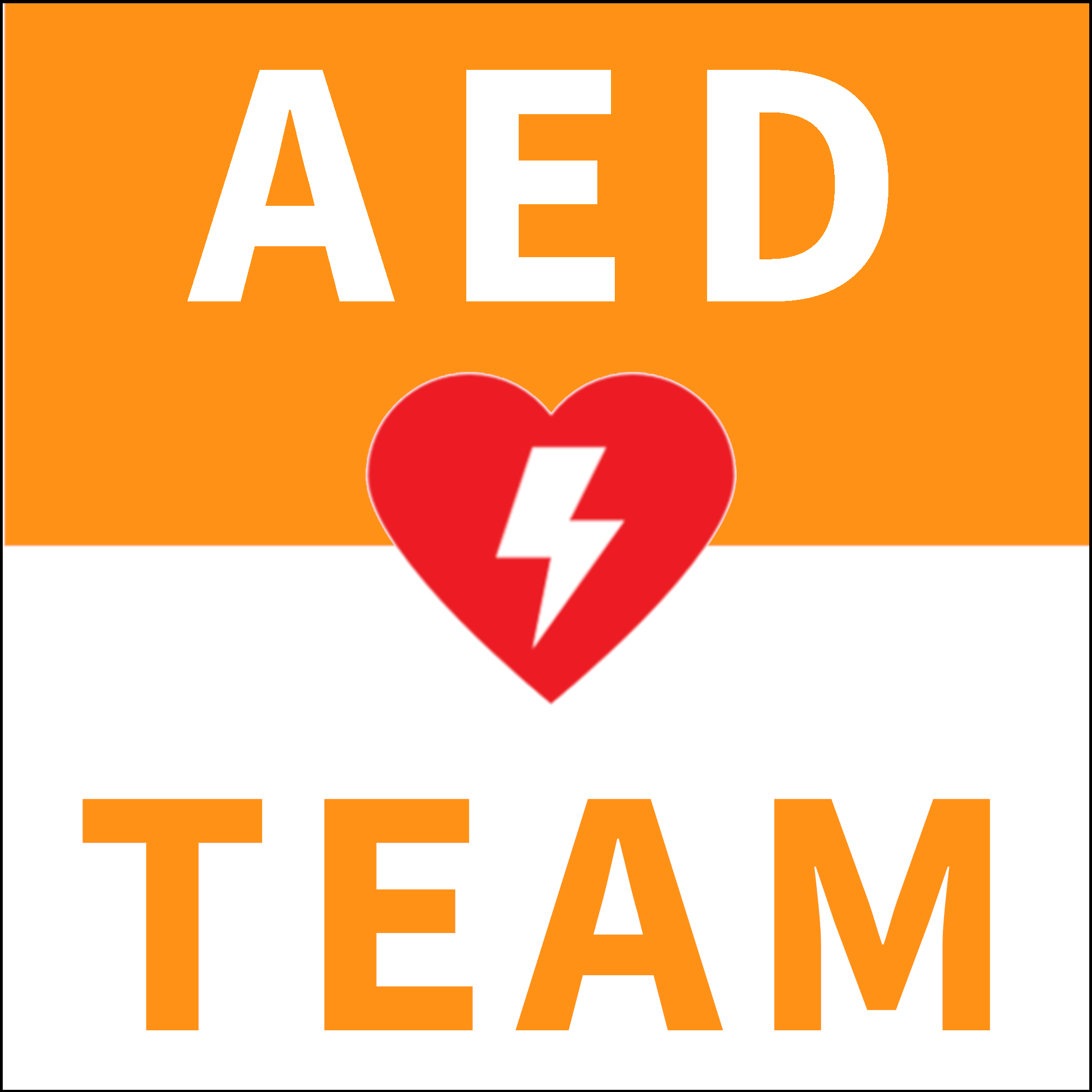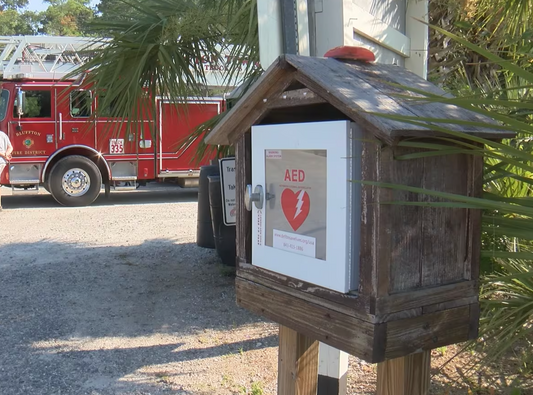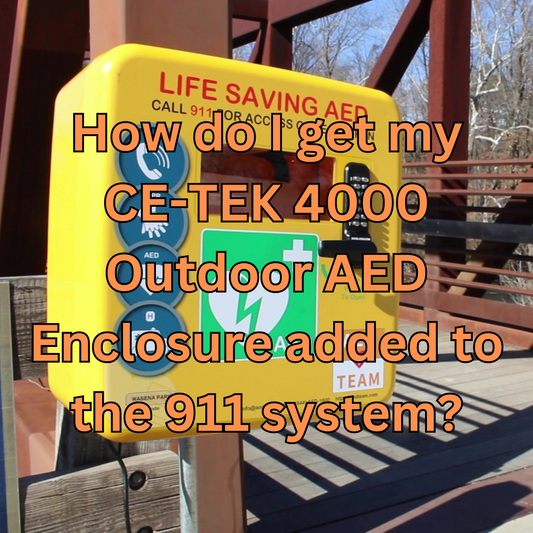

After installing your CE-TEK 4000 Outdoor AED Enclosure, adding the AED location and access code (for locked units) to your local 911 system is a critical step to a successful deployment of your AED.
At a bare minimum, the AED location and cabinet code must be added to the address card in the computer aided dispatch system (CAD) at the 911 center responsible for handling calls at this . This way whenever the address comes up in the CAD, the AED information is visible to the call taker.
Many next generation CAD systems will allow for resources to be geolocated so that they show as nearby to other addresses in the CAD (think about a high school at 123 Main Street with an adjacent ball field at 125 Main Street - you’d want the 123 Main Street AED resource to come up if you look at the 125 Main Street address).
The PulsePoint AED registry will provide geolocation and has an API that will work with some CAD systems (and it is free!). This should be done with all AED units in the system, not just ones coming from locked outdoor enclosures.
A best practice for 911 centers is to have an established Telecommunicator AED (T-AED) protocol. This will augment the current CPR instructions to include retrieval and use of an AED for suspected cardiac arrest calls.
Drills should be routinely done with the 911 center in which the address is provided, access code provided, and AED retrieved. You can time the telecommunicator identification of the cardiac arrest and the time for the AED to arrive on scene as performance metrics. Project Adam makes a great resource for conducting CPR and AED response drills.



